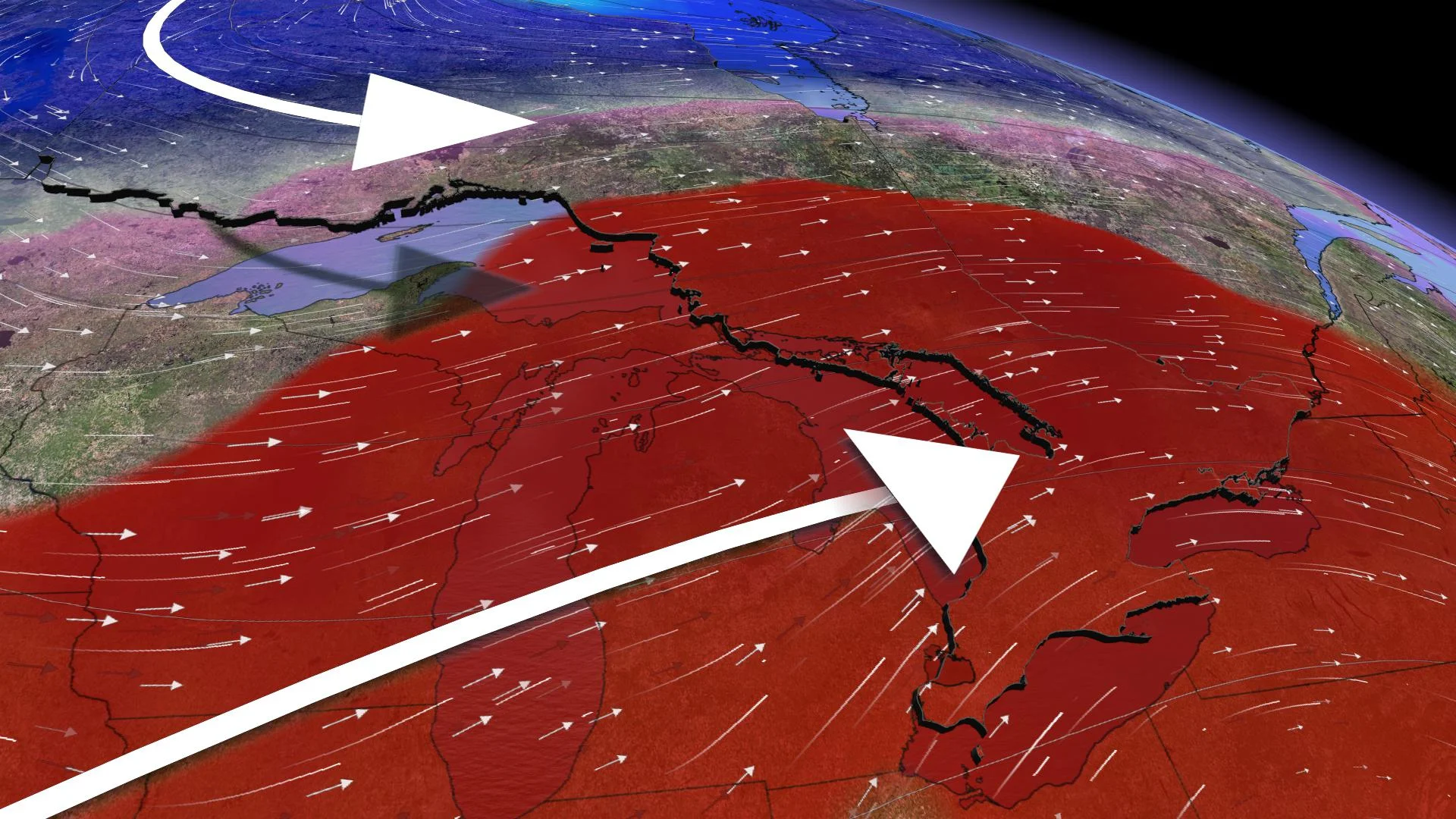
Toronto might skip spring and head right into summer, here's why
It is highly likely that temperatures could continue to be well below seasonal in Toronto for the next couple of weeks.
The past several months in Toronto have been a wild weather ride, bucking the slow, seasonal averages that are scribbled down on paper.
Even though the fluctuations might seem puzzling, wild swings in spring temperatures are the norm, not the exception.
Just take a look at the extreme month-to-month variation in maximum temperature for Toronto -- even though it is almost May, the warmest temperature that the city has recorded since last October occurred in March. On October 11, 2019 Toronto reached a balmy 19.5°C and on March 20, 2020 the city soared to 18.4°C.

If Toronto does not see 15°C on Thursday, it means that the city has not seen a single day with this temperature for the entire month of April. For the record, Toronto typically tallies about nine days above 15°C in April.
The tweet above shows a subjective, non-scientific graph of what the temperature trends have felt like since summer 2019. Temperatures seemingly plunge off a proverbial cliff in fall, followed by a sluggish start to warmer weather, which demonstrates how much normal temperature fluctuations challenge our perception of what is seasonal or normal at any point during the year.
The wild weather ride could continue for a few more weeks since the current forecast indicates that the largest negative temperature anomaly in the Northern Hemisphere will be perfectly perched over eastern Canada in early May, which means that this area could see temperatures well below seasonal.

FLIP THE SWITCH TO SUMMER?
This just might be one of those years where we flip the switch into summer and skip spring entirely.
Be warned, though. Timing this prospective pattern change out a couple of weeks can certainly present forecasting challenges.

But, there's hope. Take May 2017 as an example. After two weeks of below seasonal temperatures, 30°C abruptly appeared mid-month.
The final days of May tend to feature the first substantial thunderstorm threat across Southern Ontario. With the inevitable warmth comes a more unstable atmosphere. Right now, that trade-off is a tempting one to take.










